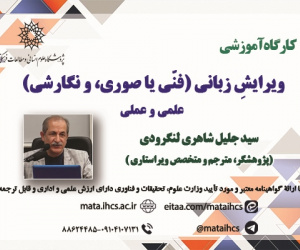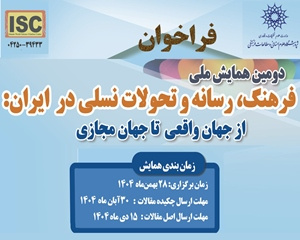تحلیل برهان صدیقین از منظر علامه طباطبایی و مقایسه آن با تقریر سینوی از برهان صدیقین (مقاله علمی وزارت علوم)
درجه علمی: نشریه علمی (وزارت علوم)
آرشیو
چکیده
در برهان صدیقین، فیلسوف با مطالعه مطلق واقعیت، درصدد اثبات واجب الوجود است. علامه طباطبائی با توجه به ضرورت ازلی واقعیت عینی و در بستر جریانِ برهان «إن ملازمات»، به وجوب ذاتی آن منتقل گشته است. ابن سینا بر اساس ضرورت ذاتی واقعیت عینی و خارج نبودن آن از دو وضعیت «وجوب» و «امکان»، وجود واجب را تثبیت نموده است. علامه چون برخلاف ابن سینا قایل به ضرورت ازلی واقعیت عینی و وجوب ذاتی آن است، تحقق واجب الوجود را بدیهی دانسته که می توان بر این اساس وجود واجب را به مثابه اولین مسئله فلسفی مطرح نمود. همچنین با توجه به تقریر علامه، واقعیت عینی حقیقتی یگانه بوده و ماسوای آن حقایقی ربطی است که در طول آن حقیقت واحد و به نحو غیر منحاز از آن، واقعیت دار گشته است. این مقاله درصدد است اولاً، تحلیل و توصیفی نوین از برهان صدیقین علامه طباطبائی ارائه دهد و به ارزیابی اشکال وارد شده بر این برهان و برخی تقریر های ناصواب از آن بپردازد. ثانیاً، در بستر سنجش برهان علامه با تقریر سینوی از برهان صدیقین، تبیین نماید که تقریر علامه ویژگی هایی دارد که آن را از سایر تقریرها ممتاز می سازد.An Analysis of Allameh Tabatabaii's Account of the Proof of the Righteous and Its Comparison to Avicenna's
When dealing with the proof of the righteous to demonstrate the existence of Allah, the philosopher studies the absolute reality. Considering the eternal necessity of objective reality through a posteriori concomitants argument, Allameh Tabatabaii has shifted to the essential necessity. Avicenna has established the existence of Allah as per the inherent necessity of objective reality and the fact that they are either in a state of "necessity" or "possibility". Unlike Avicenna, the late Tabatabaii believed in the eternal necessity of objective reality and its intrinsic necessity, thus he considered the existence of Allah as self-evident, on the basis of which it can be proposed as the first philosophical issue. Also, viewing the late Tabatabaii account, objective reality is one single reality, and what else than it is no more than a copula depending on that single reality as its state thus existing dependently.
In what follows, the author goes to first present a novel analysis and description of Tabatabaii's account of the above proof and to examine the objections raised and some invalid accounts of it. Second, in the course of assessment of Tabatabaii's proof in comparison to Avicenna's, to demonstrate that Tabatabaii's account has characteristics that make it superior to other accounts.



